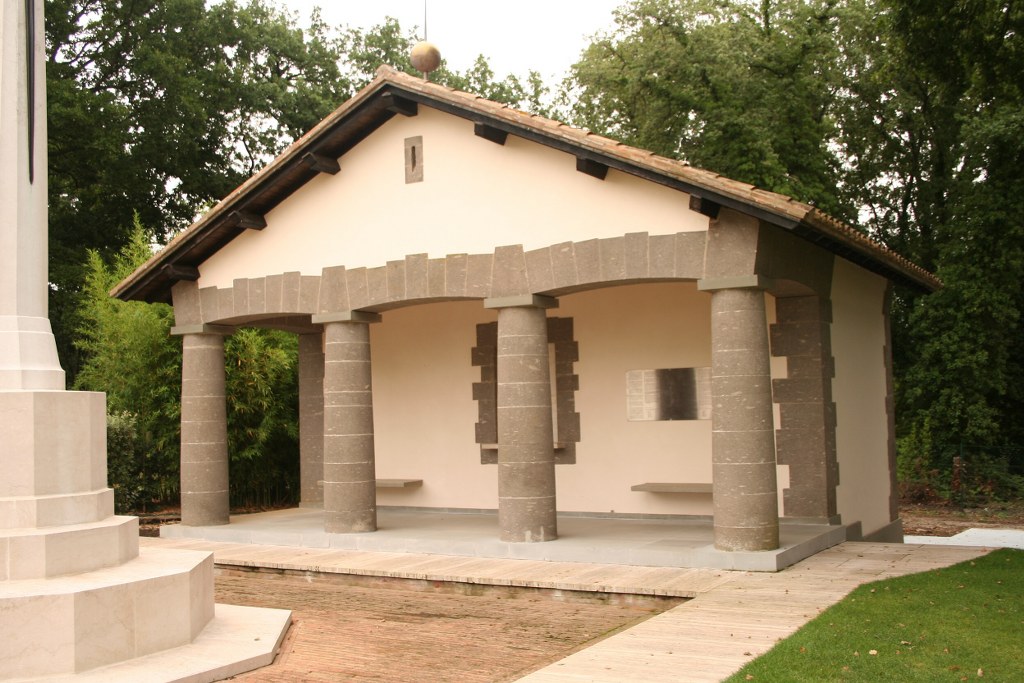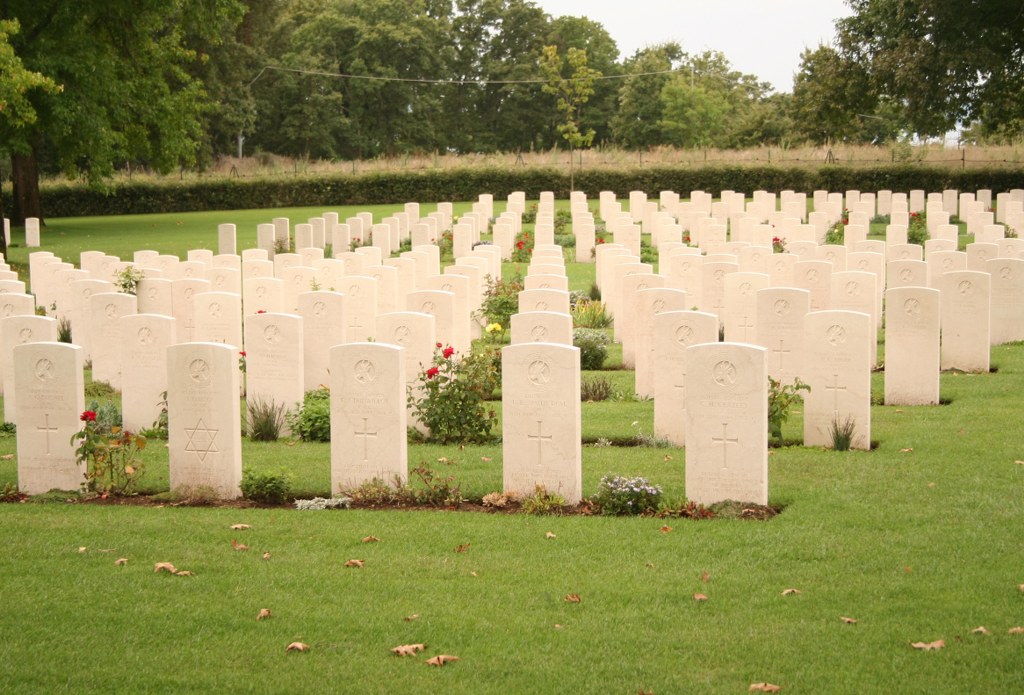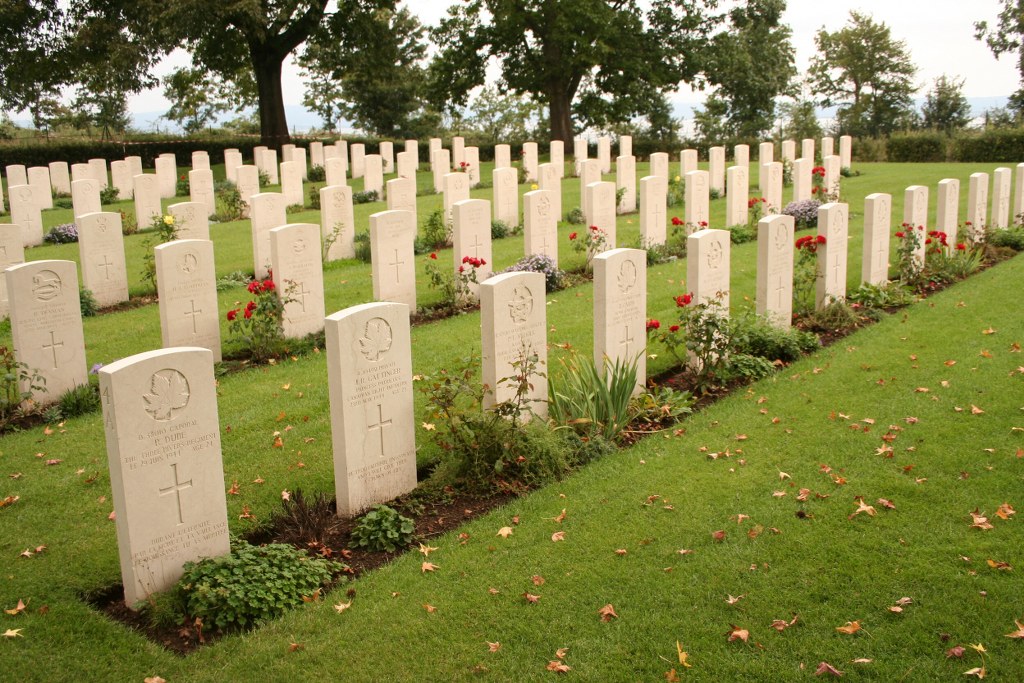Bolsena War Cemetery
- Country Italy
- Total identified casualties 559 Find these casualties
- Identified casualties from Second World War
- GPS Coordinates Latitude: 42.58562, Longitude: 11.99863
Location information
Bolsena War Cemetery is situated on the eastern side of Lake Bolsena just west of the SS2, between Rome (104 kilometres) and Siena (115 kilometres). Take the Orte exit from the autostrada A1. Go 30 km west towards Viterbo then turn right on to the SS2.
The two nearest towns are Montefiascone, 8 kilometres to the south, and Bolsena on the shores of the lake, 7 kilometres to the north. The cemetery entrance can be clearly seen from the main road.
Cemetery address: SS2 Cassia (Nord) K106 - 1027 Montefiascone (VT) Lazio.
GPS Co-ordinates: Latitude: 42.586337, Longitude: 12.001811.
Visiting information
ARRIVAL
All routes to the cemetery are signposted.
PARKING
There is a parking area at the side of the main road with space for up to 4 vehicles. The surface is smooth cobblestone and generally flat.
There are slightly raised coping stones to the right and left of the steps down from the car park towards the pathway, as well as the length of the right side of the parking area. The ground level is up to 1 m below the level of the car park.
The route from the car park down to the cemetery follows a long winding flagstone path. The path is approximately 300 metres long and runs downhill along the sloped route to the cemetery. The path is a combination of level and stepped flagstones.
ACCESS, LAYOUT AND MAIN ENTRANCE
The cemetery is large, square, and close to Lake Bolsena.
Access to the cemetery is through a 1.50-metre-wide opening with two 0.75 m metal gates at the main entrance. There are tiered stone sections of paving, with two shallow steps down and a further deep step to the brick paved area surrounding the Cross of Sacrifice.
There is a large shelter building on the left of the main entrance. In front of the shelter, there is a seating area with stone benches. There is a elevated level of paving between the Cross and the shelter building. The length of the shelter floor is raised above the paving surrounding the recessed brick paving around the Cross of Sacrifice.
A second central seating area has stone benches in a circle in the middle of the cemetery.
The cemetery Register Box is under the shelter, between the two benches in the seating area.
ALTERNATIVE ACCESS
An alternative entrance is located to the right of the parking area; a 3-metre access point with a chain barricade which bypasses the main stairs and leads to the stepped pathway into the cemetery over uneven grass.
ADDITIONAL INFORMATION
The cemetery is permanently open.
History information
On 3 September 1943 the Allies invaded the Italian mainland, the invasion coinciding with an armistice made with the Italians who then re-entered the war on the Allied side.
Progress through southern Italy was rapid despite stiff resistance, but the advance was checked for some months at the German winter defensive position known as the Gustav Line. The line eventually fell in May 1944 and as the Germans fell back, Rome was taken by the Allies on 3 June.
The Germans made their first stand after being driven north of Rome at Bolsena and to the east of Lake Bolsena, there was a tank battle in June 1944 between the 6th South African Armoured Division and the Hermann Goering Panzer Division.
The site for the cemetery was chosen in November 1944, and graves were brought in from the battlefields between Bolsena and Orvieto. Almost one-third of those buried at Bolsena were South Africans. In 1947, 42 graves were brought into the cemetery (into Plot 4 Rows G and H) from the Island of Elba. The cemetery is on the actual site of the first camp occupied by General Alexander's advanced headquarters after the liberation of Rome and it was here that King George VI visited General Alexander at the end of July 1944.
Bolsena War Cemetery contains 597 Commonwealth burials of the Second World War, 40 of them unidentified.
The cemetery was designed by Louis de Soissons.





